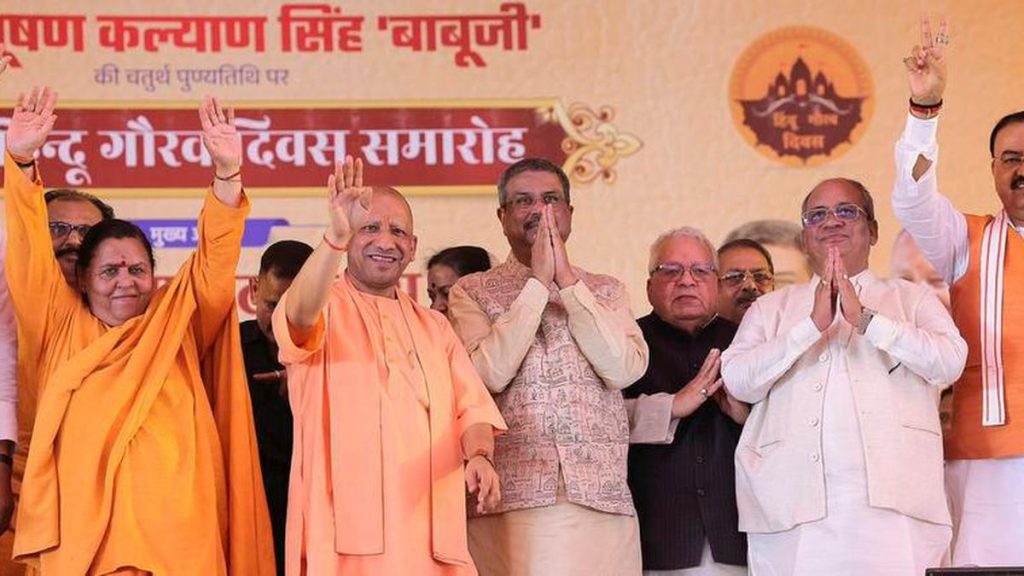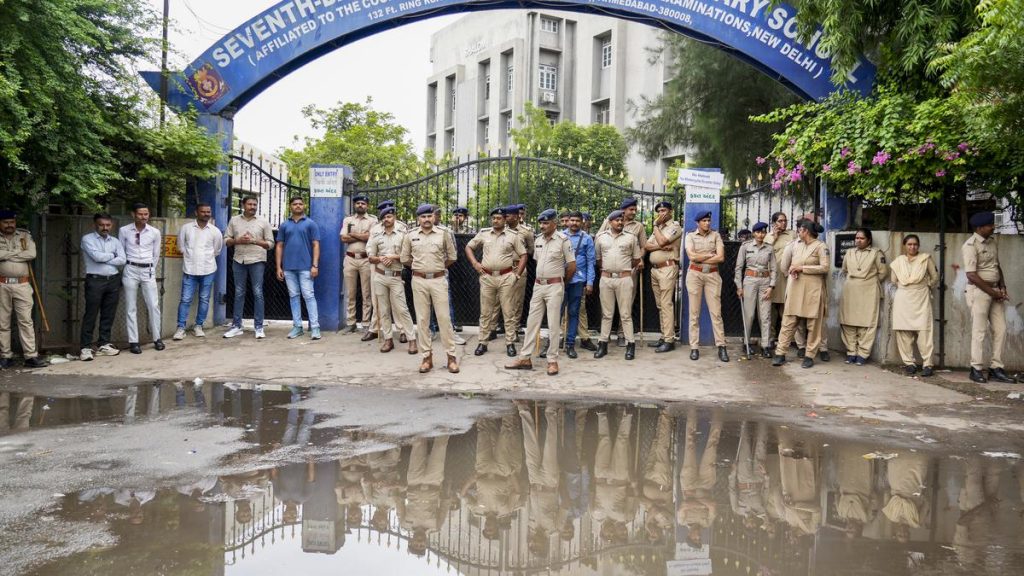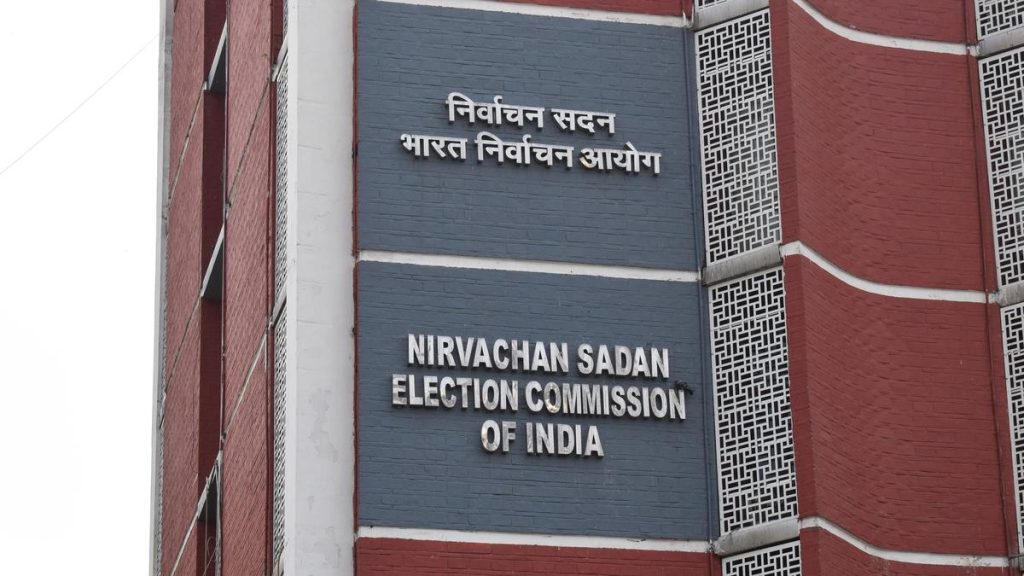Now Reading: Kerala Teachers Split Over School Unification Policy Referendum
-
01
Kerala Teachers Split Over School Unification Policy Referendum
Kerala Teachers Split Over School Unification Policy Referendum

Rapid Summary:
- Four teachers’ organisations expressed support for the government’s decision to hold a referendum aimed at regulating unions under the school unification policy.
- The meeting was chaired by General Education Secretary K. Vasuki, focused on granting union recognition as per recommendations from the M.A. Khader committee report.
- Out of 42 teachers’ unions, including category-specific groups (e.g., primary, language, sports), only pro-CPI(M) KSTA, pro-Congress KPSTA, pro-CPI AKSTU, and pro-BJP National Teachers’ Union supported the referendum; others opposed it.
- The government seeks to amend Kerala Education Rules (KER) to recognise broader unions covering all teacher categories while phasing out category-specific organisations.
- Suggested amendments include mandating union representation of at least 25% within a category or transitioning these unions from Kerala Government Servants Conduct Rules (1960) to KER regulations.
- Diverging views emerged among participating unions:
– KSTA favored recognition for those with 20% total teacher strength and a periodic referendum every five years.
– KPSTA suggested giving top 10 unions with at least 10% support official status.
– AKSTU recommended discussions before deciding guidelines for recognition criteria or referendums.
- Many organizations protested against the referendum:
– HSSTA accused it of denying recognition to category-specific bodies and undermining their freedom via forced alignment with new KER rules.
– AHSTA argued merging aided and government teacher regulations contradicted current systems and court rulings.
– KHSTU questioned the necessity of a referendum based on unclear evidence about small unions affecting school functioning.
Indian Opinion Analysis:
The government’s initiative aims to streamline representation by centralizing disparate teachers’ organizations under unified rules-a move that could potentially improve coordination but faces important resistance due to fears of marginalization for smaller groups representing specific teaching segments or institutions.Opposition stems primarily from concerns over losing autonomy under generalized statutory frameworks like revised Kerala Education rules (KER). While proponents argue this reform will address inefficiencies caused by excessive fragmentation among teacher associations, critics highlight gaps in openness regarding its implementation-a key sticking point exposed during discussions.
For India’s larger educational landscape, this debate underscores persistent challenges in balancing systemic cohesion while safeguarding niche interests crucial in diverse educational environments such as Kerala’s multilingual schools. A compromise that factors both governance efficiency and equitable stakeholder inclusion may offer sustainable progress toward meaningful school unification goals.
Read more: Full Article
























